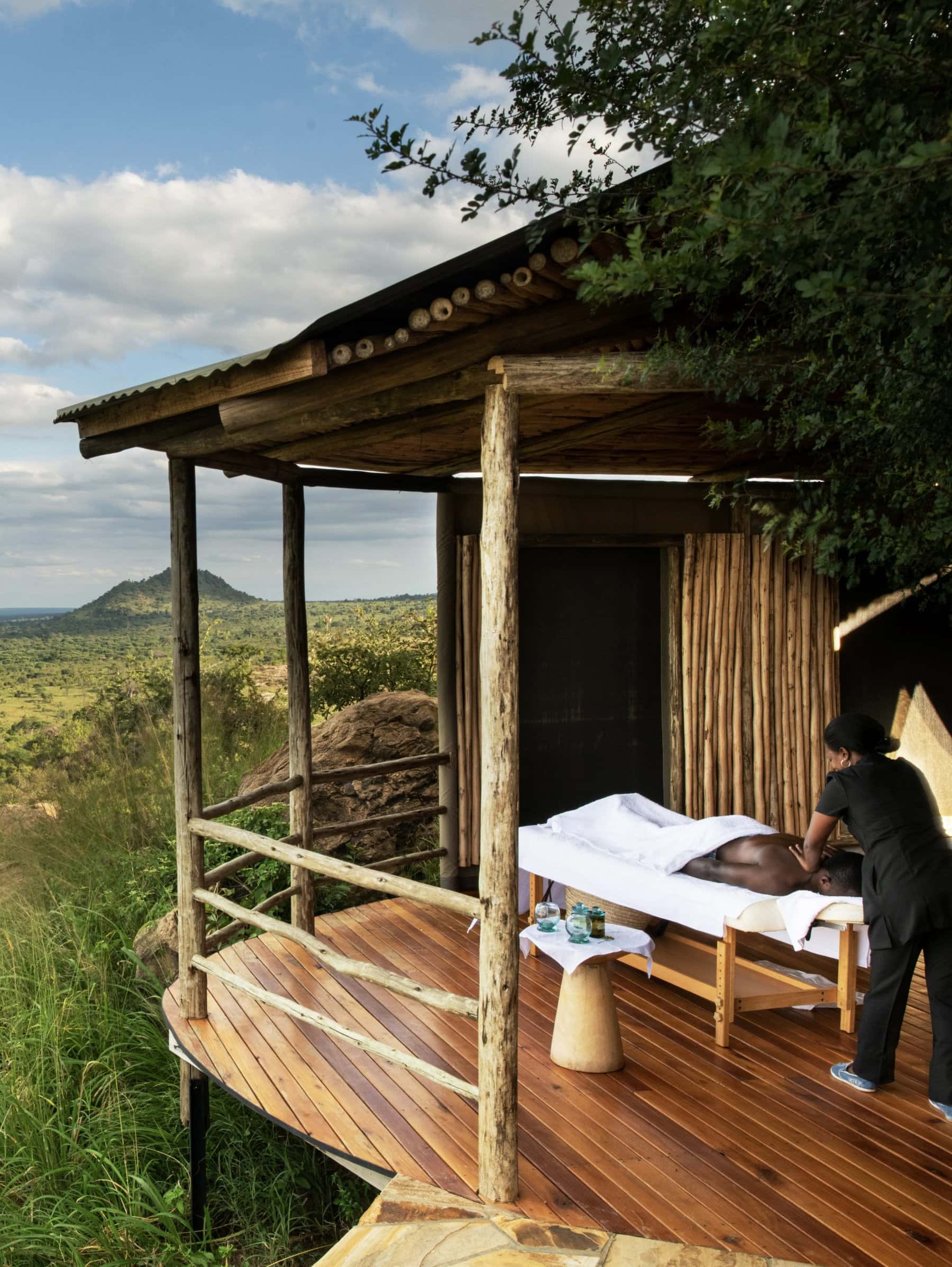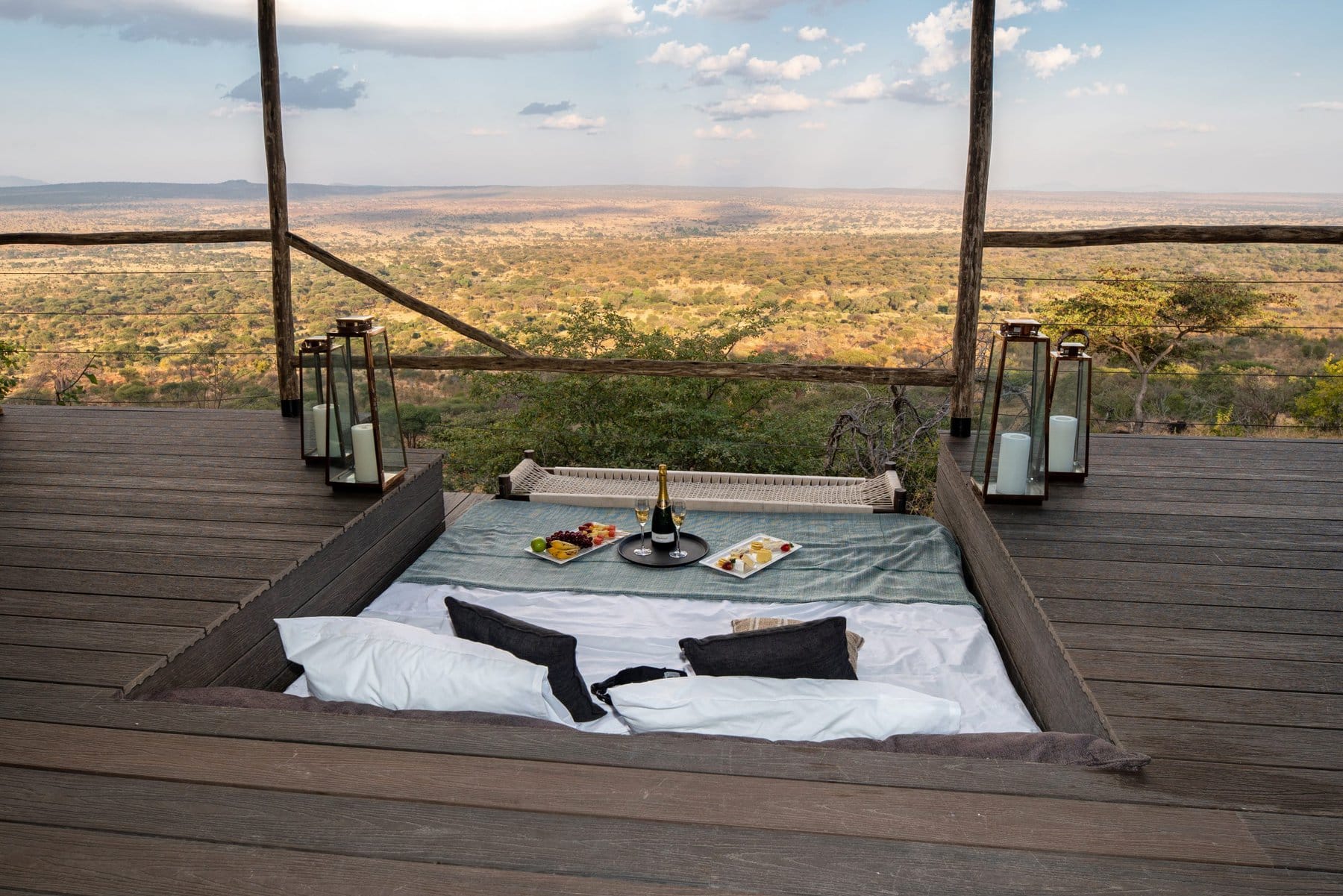
Lemala Camps
P.O.Box 14529, Arusha. Tanzania.
Lemala Camps
P.O.Box 14529, Arusha. Tanzania.

Tarangire is one of Tanzania’s lesser-known National Parks, but is a particularly scenic wilderness and a little quieter than other parks in the Northern Circuit. Located only about a 100-km easy drive southwest of Arusha and covering 2850-sq-km, the varied landscape includes African savannah grasslands, vast swamps that dry into verdant plains during the dry season, mixed thorny woodlands and some lovely ribbons of riverine forest. The predominant feature is the permanent Tarangire River, which is set against a backdrop of majestic baobab and twisted acacia trees. During the dry seasons, animals move to the river in search of water when it’s a prime spot for game-viewing.
With the exception of rhino, Tarangire is home to all of the other Big Five—elephant, lion, leopard and buffalo—and is especially well-known for elephant herds that can be 200-strong. Most of the plains game seen in the other Northern Circuit parks is resident, and uniquely its home to a few specials too like greater kudu, fringe-eared oryx and gerenuk—usually only seen in East Africa’s arid northern parks. Birdwatchers will be in their element as Tarangire has some of the best year-round birding in Tanzania, and an astonishingly long list of 550 species including many raptors and vultures, and numerous waterfowl in the river and swamps. Tarangire offers visitors the quietest game viewing of all the parks in the region, and the diverse landscape dotted with giant baobabs and sheltered by granite ridges makes a great contrasting addition to a traditional Northern Circuit safari.
January offers a period of dryness in between the two rainy seasons at Tarangire. The majority of the wildlife at this time are in the nearby Lake Manyara National Park. The vegetation is lovely and green, with the rates better because it’s low season.
The wet season is in full swing, with the majority of the wildlife in the nearby Lake Manyara National Park. The vegetation is lovely and green, with the rates better because it’s low season. The main draw at this time is the seclusion.
March and April are generally the wettest months, coinciding with the tourist low season, when accommodation may be priced low. Rain storms are short and dramatic; allowing plenty of time for game-viewing, although the majority of the wildlife is in the nearby Lake Manyara National Park.
March and April are generally the wettest months, coinciding with the tourist low season, when accommodation may be priced low. Rain storms are short and dramatic; allowing plenty of time for game-viewing, although the majority of the wildlife is in the nearby Lake Manyara National Park.
May sees the wet season come to an end and the beginning of wildlife numbers starting to surge within Tarangire.
Dry season, and tourist season, begins in Tarangire. This is when you can get the elephant migration, which is amazing to see. There are fabulous amounts of other grazers and varieties of animals which flock to the river beds in these months too.
In July and August, temperatures and rainfall are at their lowest. This is also the time when tourist activity is at its height, and it is best to be out early in the morning before the main contingent arrives.
In July and August, temperatures and rainfall are at their lowest. This is also the time when tourist activity is at its height, and it is best to be out early in the morning before the main contingent arrives.
It’s still peak season for wildlife viewing, with migrant game congregating around the swamps and the Tarangire River valley. This makes it easier for predators such as lions and leopards to spot an easy meal, so those wanting to see a kill stand a good chance.
It’s the final month of the peak season, with game viewing still good around the swamps and rivers. Migrating elephants can then be seen in well-sized herds, with a fine diversity of other large mammals. If the short rains arrive earlier than usual, the game will start to leave in October.
There are short rains in November (which sometimes trickle through into December, January and March). This is the beginning of the green season, when the wildlife generally migrates out of the park towards Lake Manyara.
The wet season is in full swing, with the majority of the wildlife in the nearby Lake Manyara National Park. The vegetation is lovely and green, with the rates better because it’s low season. The main draw at this time is the seclusion.
Tarangire National Park is in northern Tanzania, just south of Lake Manyara. This is a protected area of colossal baobabs, grassy plains and huge herds of elephants.
The Tarangire National Park is known for its wonderful birding, large numbers of wildlife and its spectacular number of ancient baobab trees. The park is home to over 500 species of bird, some of which are endemic to Tanzania. Its huge herds of elephants – close to 300 – have become iconic symbols of the park. Tarangire’s baobabs can reach up to 30 metres in height, and some are around 1,000 years old.
Tarangire is famous for having herds of up to 300 elephants. Collectively, it’s home to over 2,500 elephants – the largest elephant population in northern Tanzania, making for a breathtaking safari experience. Tarangire has Tanzania’s second highest population of wildlife, after the Serengeti. In the dry season, between June and September, the park teems with life. Large populations of zebra, buffalo, wildebeest, giraffe, eland, antelope and warthogs go in search of water. Lions and hyenas follow suit. Tarangire, in fact, has 700 resident lions making for frequent sightings.

